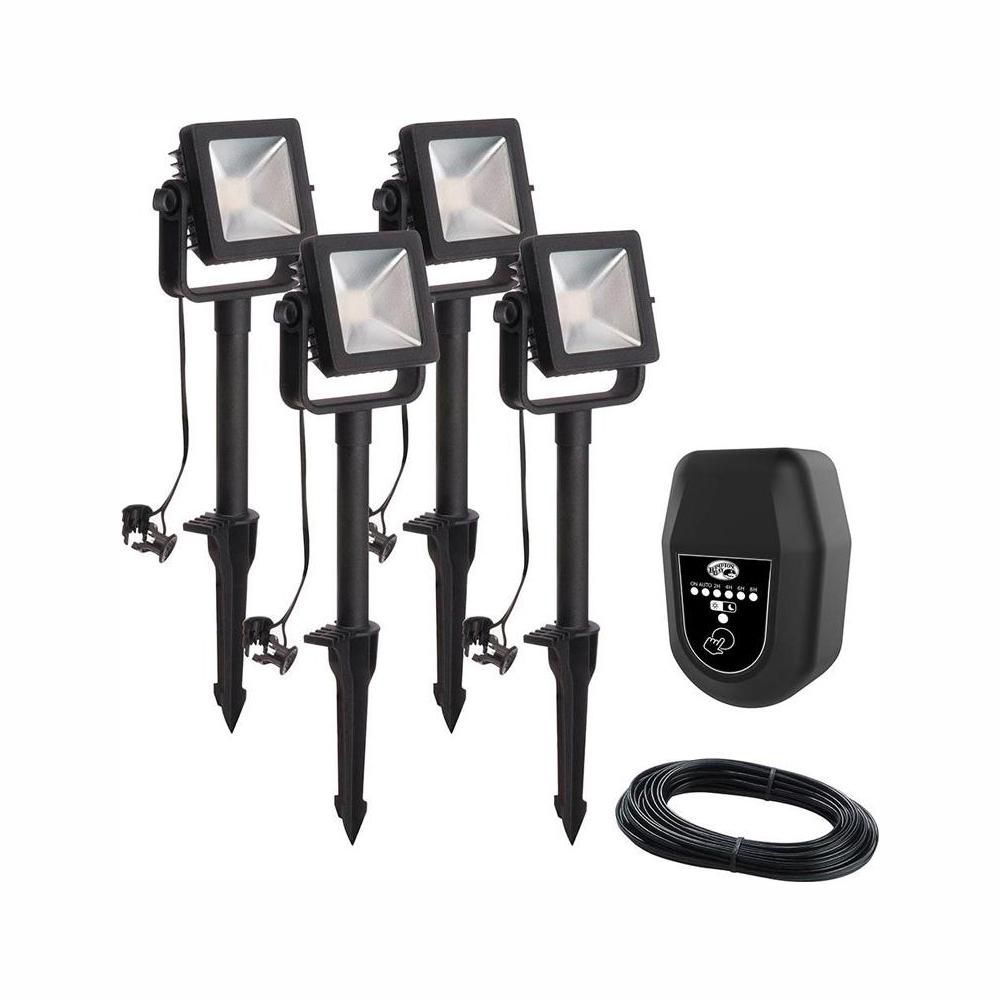

This could make them not the best choice for security or safety purposes. This means there is little disturbance to your lawn and gardens when installing.Ĥ.No Electrician Required – most 12V lighting systems can be plugged directly into outdoor receptaclesĥ.Safer – because low voltage systems are designed for the outdoors, they operate safely under wet conditions and lessen risk of shock Low Voltage – CONsġ.Transformer Required – because the power coming from your home is too high, a transformer is required to reduce the current to 12V.Ģ.Dimming May Occur – if the cable sizes aren’t the proper size, 12V lights are more prone to dimming. Low voltage lights are also designed for precise lighting effects for illuminating small details of your garden.ģ.Flexible – no junction boxes, conduits or deep burial are necessary making it easy to relocate fixtures if necessary. They often have more light output per watt and therefore are more energy efficient.Ģ.Wide Selection of Fixtures – the choices are wide when it comes to choosing the type of fixture for your lighting needs, in both function and style. Low Voltage – PROsġ.Lower Overall Cost – the costs for fixtures, bulbs, electricity usage are all typically lower. Low voltage outdoor light systems use only 12V of power, making them the most common for household use and are the best option for dramatic illuminating effects. This is why they are great for areas needing security lighting.Ģ.Fewer Fixtures Needed – because they are so bright, fewer fixtures are needed to light up an areaģ.No Transformer Required – because these systems draw power right from the source, your home or business’ electrical supply, there is no need to transform the current & less of a chance that lights will dim with a voltage drop High Voltage – CONsġ.An Electrician Is Needed – because of the high power involved all wires and connections must be installed to code, and in some cases, permits are neededĢ.Higher Risk of Shock – all fittings, fixtures and connections need to be completely water tight since water and electricity don’t mixģ.Difficult to Relocate – the wires must be placed in a conduit or buried 18” below the ground not only making it more difficult to move fixtures once installed, but the installation is quite disruptive to your lawn and garden since trenches need to be dugĤ.Less Beam Control – because the lights are so powerful, the beams’ spread is difficult to control and can cause problems with glare Low Voltage Landscape Lighting High Voltage – PROsġ.Lights are Bright – because of how much power they use they are perfect for large areas which need to be lit, or uplighting a large canopy of trees. Sometimes also called line voltage or standard voltage, 120V are a heavier-duty system, often seen in commercial and security lights, as well as for public use. High voltage refers to lights which need 120V of power to work. Since there are pros and cons to both types of systems, we’ve helped you out with this handy information below:

If you’re thinking of installing outdoor lighting or upgrading your current system, there are many things to consider, one being if you want high voltage or low voltage lights. Low Voltage versus High Voltage Lighting Overview Look at it this way, this gives you more lighting options, and thus more chances at getting just the lighting look you want for your home or business. Fluorescent, incandescent, LED…and now, high or low voltage?! Yes, there is another type of lighting to consider when consulting with an outdoor lighting service. When considering what to include in your landscape lighting, it’s easy to get confused. Low Voltage versus High Voltage Lighting Overview.


 0 kommentar(er)
0 kommentar(er)
